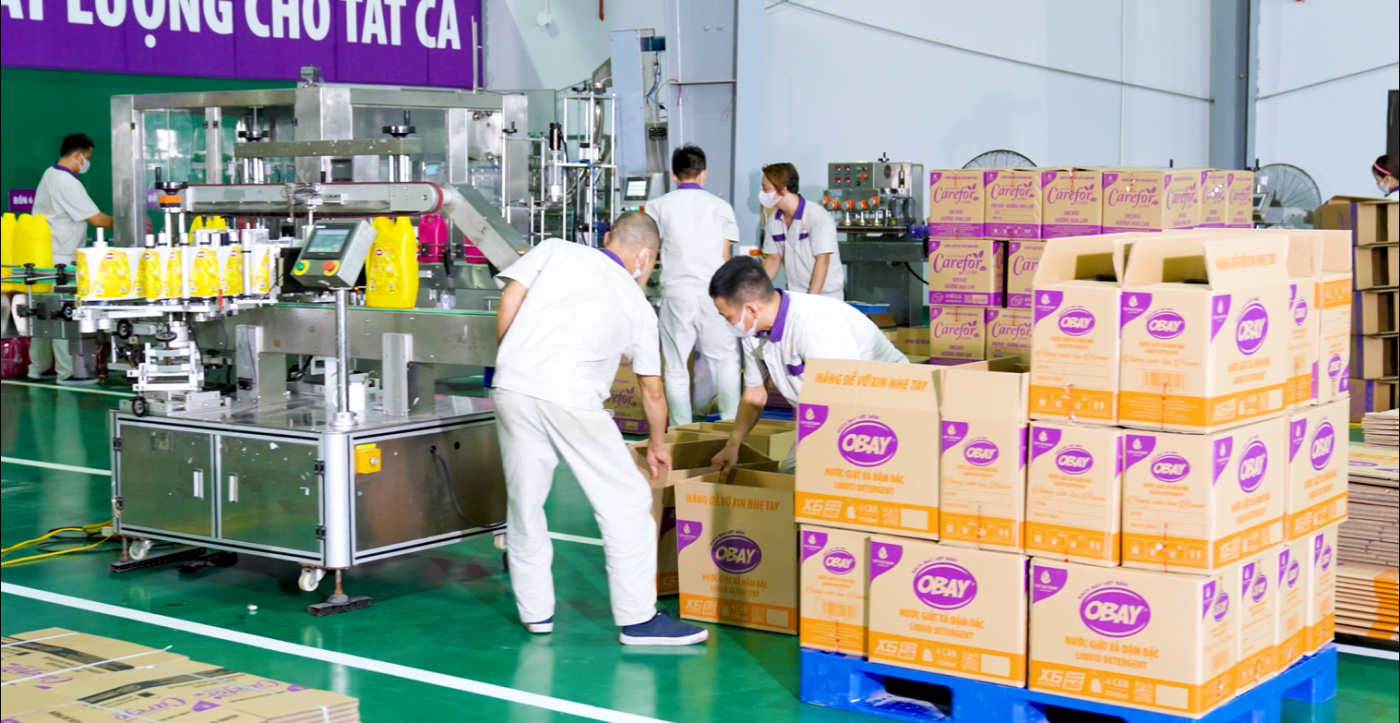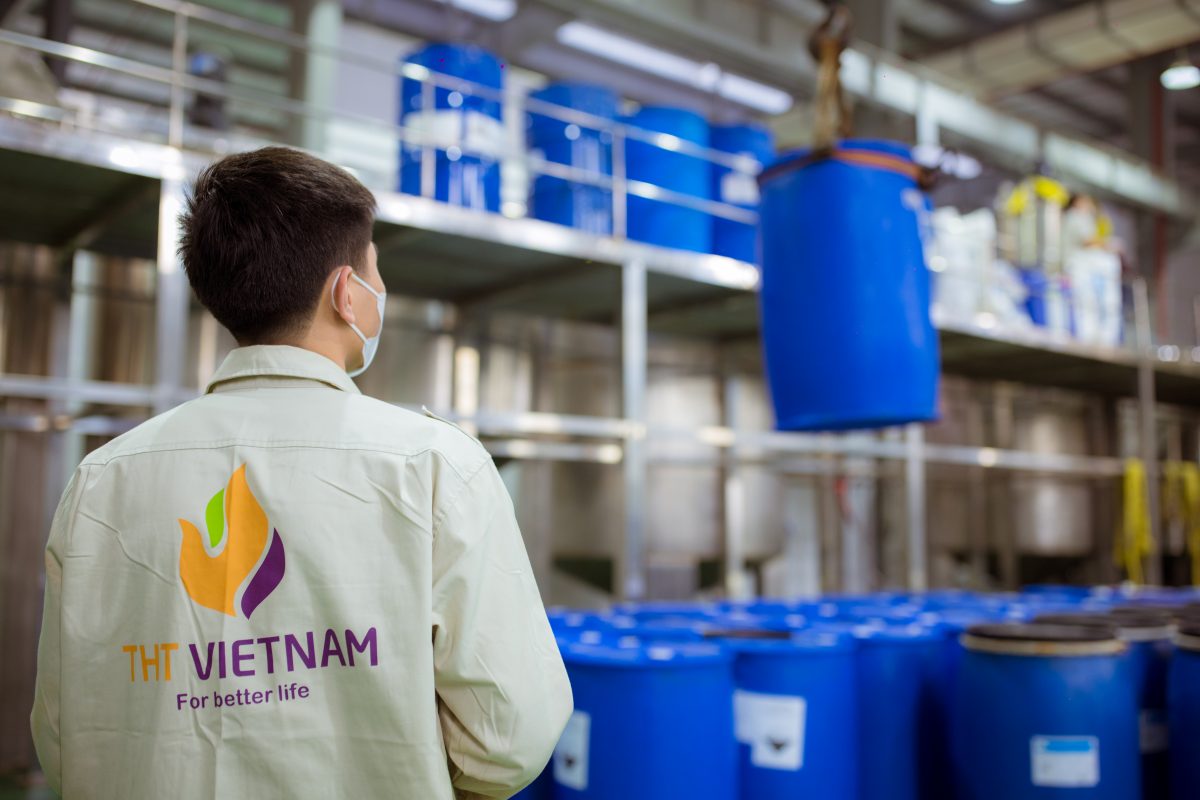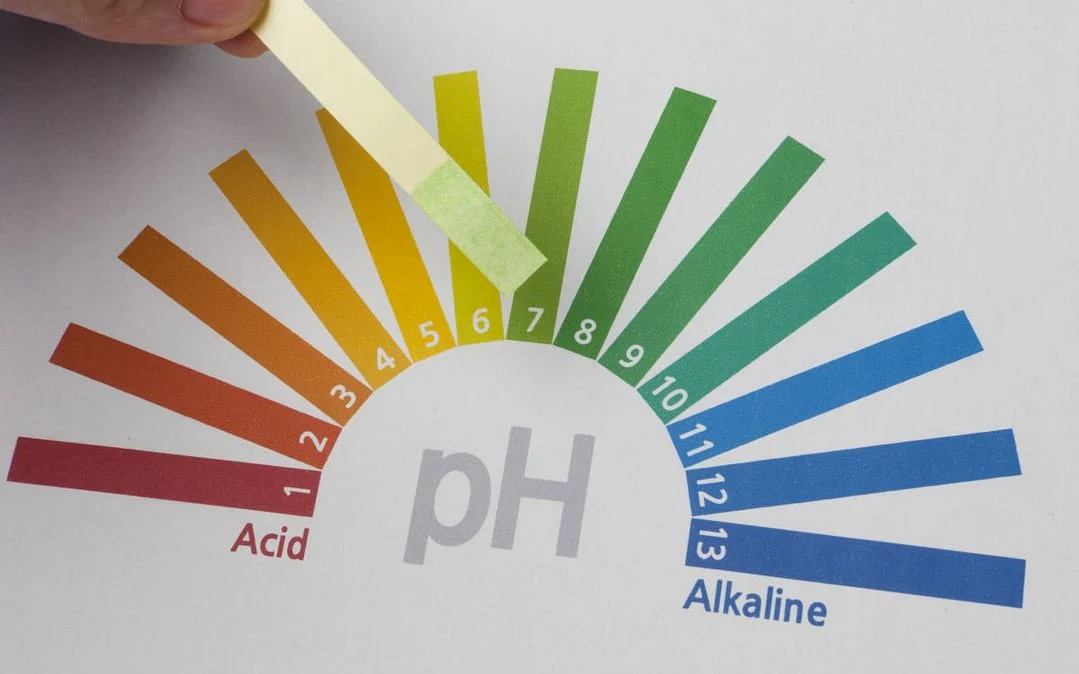Washing machine has sediment at the bottom – Causes and solutions
Washing machines are gradually becoming indispensable items in every modern family. However, after a period of use, many people encounter…
In the context of increasingly busy life, the demand for effective, safe and environmentally friendly laundry products is increasing. Responding to this trend, laundry detergent production technology has made great strides, not only helping to clean clothes optimally but also protecting the health of users and the ecosystem. This article will take you to explore […]
In the context of increasingly busy life, the demand for effective, safe and environmentally friendly laundry products is increasing. Responding to this trend, laundry detergent production technology has made great strides, not only helping to clean clothes optimally but also protecting the health of users and the ecosystem. This article will take you to explore in depth the modern technologies in laundry detergent production, from automation processes, biological enzyme applications, nanotechnology to the trend of greening products.
Modern laundry detergent production technology is a combination of chemical, biological and automation techniques, to create products with superior cleaning ability, fabric protection, long-lasting fragrance and safety for users. Not only stopping at removing stains, today’s laundry detergent is also supplemented with features such as antibacterial, anti-fading, fabric softening and environmental friendliness.

Closed, highly automated production process: Modern detergent production line includes equipment such as pre-mixing tank, homogenizing emulsifying tank, heating, cooling, weighing, filling system and automatic control panel. The entire process is strictly controlled, ensuring that the raw materials are mixed evenly, the product is stable in quality and meets food hygiene and safety standards.
Raw materials are the decisive factor in the quality of laundry detergent. The main ingredients include surfactants, biological enzymes, fabric softeners, fragrances, preservatives and purified water. All raw materials are strictly inspected for input quality, ensuring that they do not contain impurities, heavy metals or toxic chemicals.
The ingredients are fed into the automatic mixing tank, where the stirring, emulsification and complete dissolution process takes place. The homogeneous emulsification technology helps the ingredients disperse evenly, creating a stable detergent solution, without separation or sedimentation. The heating and cooling system helps control the optimal temperature for each type of ingredient, ensuring the effective activity of enzymes and biological active substances.
After mixing, the detergent solution is sampled to check physical (viscosity, color, scent), chemical (pH, active ingredient content) and microbiological (free from harmful bacteria) parameters. The product is only transferred to the packaging stage when it meets all quality standards.
The detergent is automatically dispensed into specialized packaging, ensuring hygiene and convenience for users. Modern packaging is also UV resistant, protecting the active ingredients inside from being decomposed by light or high temperatures. After packaging, the product is stored in standard conditions, ready for distribution to the market.

One of the biggest breakthroughs in modern laundry detergent production technology is the application of biological enzymes. Enzymes are biological catalysts that can effectively decompose stains without damaging fabric fibers or causing skin irritation.
Common enzymes in laundry detergents
Advantages of enzyme laundry detergent
Multi-enzyme technology and biological trends: Modern laundry detergent products often combine many types of enzymes in the same formula, creating comprehensive cleaning efficiency. Biological technology also helps reduce the use of synthetic chemicals, aiming for green products, safe for health and the environment.

Besides enzymes, nanotechnology is also being strongly applied in the production of laundry detergent. Silver nanoparticles and zinc nanoparticles have the ability to kill bacteria, deodorize and protect fabric fibers from mold and harmful bacteria.
Advantages of nanotechnology in laundry detergent:
Combining nanotechnology and enzymes: The new trend is to combine biological enzymes with nano silver, creating a laundry detergent that both deeply cleans and kills bacteria, protecting the health of users and the environment. This is an ideal choice for families with young children, the elderly or people with sensitive skin.
The modern detergent production line is integrated with PLC automatic control system, smart sensors and data management software. Thanks to that, the entire process from raw material input, mixing, testing to packaging is monitored, adjusted precisely, minimizing errors and saving operating costs.
Benefits of automation:

The trend of greening and sustainable development is increasingly spreading in the laundry detergent industry, as modern consumers prioritize choosing environmentally friendly and health-safe products. To meet this demand, laundry detergent manufacturers have strongly shifted to using organic ingredients and biological enzymes instead of synthetic chemicals, while applying biodegradable or recycled packaging to minimize plastic waste.

Not only stopping at ingredients and packaging, the production process is also optimized to save energy, reduce emissions and protect the ecosystem. This comprehensive change not only contributes to reducing water and soil pollution but also promotes green lifestyles, encourages responsible consumption and builds a sustainable future for both businesses and society.
Modern laundry detergent production technology is the crystallization of science, creativity and responsibility to the community. From automation processes, biological enzyme applications, nanotechnology to green trends, every step forward is aimed at optimizing cleaning efficiency, protecting health and the environment.
Contact THT Vietnam now – with 20 years of experience in the detergent manufacturing industry for consultation, support and outstanding product development success.

Washing machines are gradually becoming indispensable items in every modern family. However, after a period of use, many people encounter…

In the cosmetics industry, especially in the field of detergent production, pH is one of the most important factors that…

In the increasingly competitive cosmetics market, building a private label brand is not just about beautiful packaging or a massive…